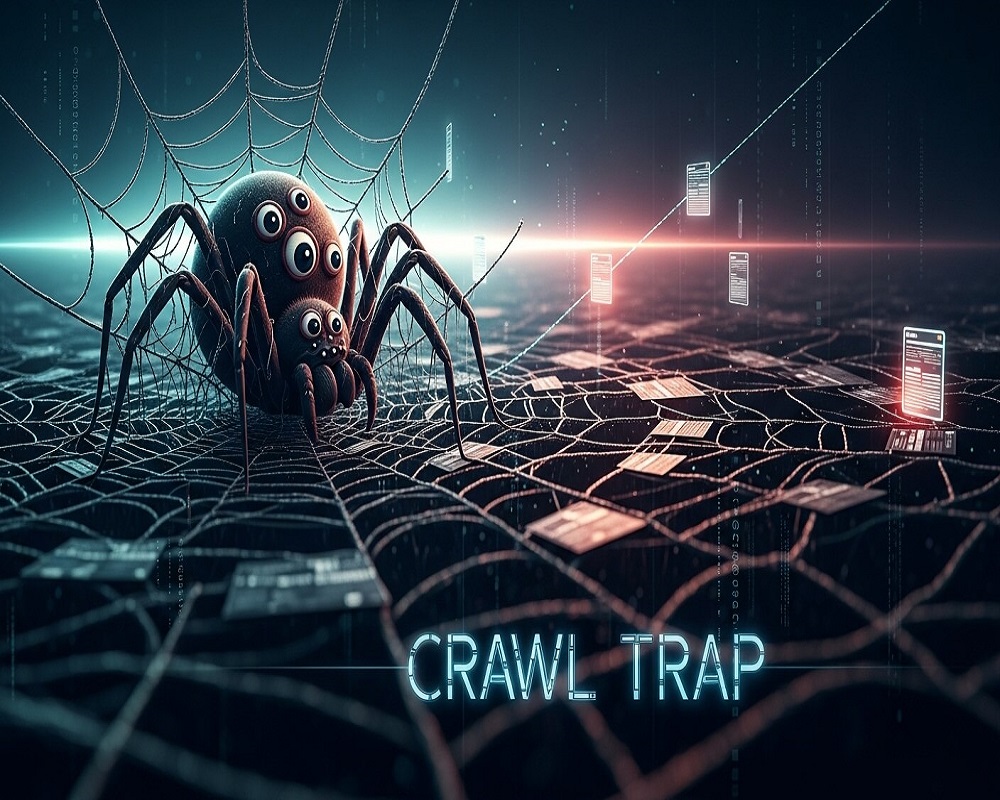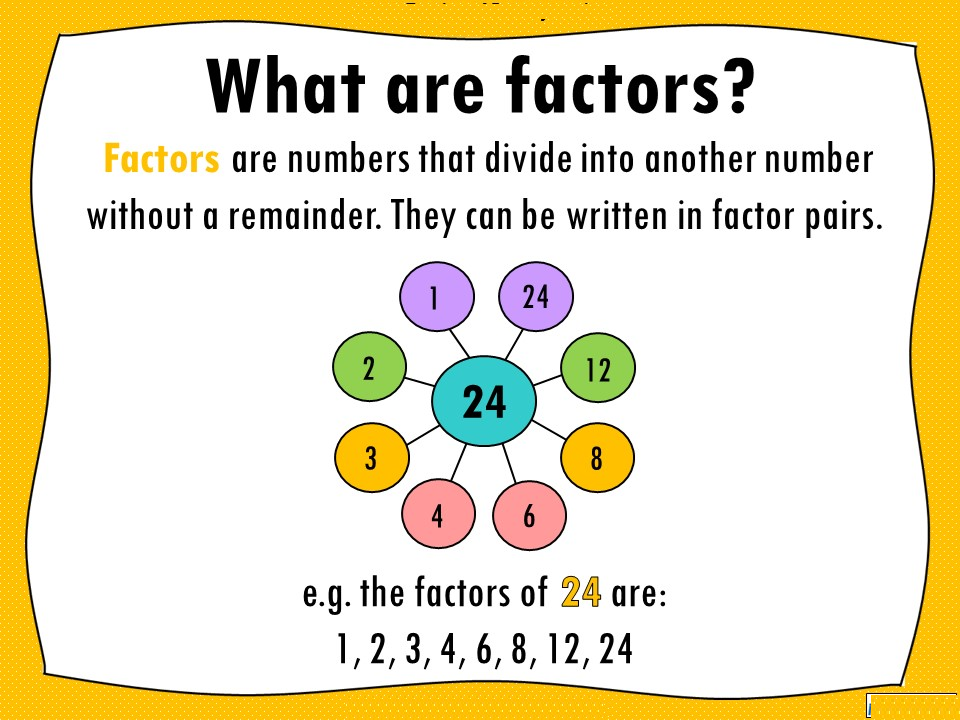In the ever-evolving SEO landscape of September 2025, where Google’s algorithms harness AI-driven crawling and entity recognition to optimize resource allocation amid reduced crawl frequencies, mastering crawl trap identification and avoidance is vital for ensuring site visibility and performance. A crawl trap, also referred to as a spider trap or crawler trap, is a website configuration that causes search engine bots to enter infinite loops, generating endless irrelevant URLs and consuming valuable crawl budget without contributing to meaningful indexing. This inefficiency hampers the discovery of high-value content, disrupts the site’s knowledge graph, and weakens topical authority in an era where Search Generative Experience (SGE) relies on precise crawling for AI-generated summaries.
At its essence, a crawl trap occurs when a crawler, such as Googlebot, encounters dynamically generated pages that loop indefinitely, like infinite calendars or unbounded faceted navigations, trapping the bot in redundant fetches. Semantically, this fractures the site’s ontology: Core entities like “product category” become obscured by infinite attribute variations, such as “filter parameters,” preventing search engines from mapping relationships and signaling expertise. With Google’s crawl rates declining due to AI efficiencies, addressing traps is critical to ensure entities are extracted for knowledge panels or AI overviews. This comprehensive guide explores what a crawl trap is, its types, impacts, and a semantic framework for identification and avoidance, providing a blueprint to reclaim 30-50% of wasted crawl budget, as evidenced in enterprise audits, for faster indexing and improved rankings.
Understanding Crawl Traps: The Semantic Disruption in Site Crawling
A crawl trap is a website configuration—intentional or accidental—that leads search engine crawlers to generate and fetch an infinite or excessive number of URLs, often with duplicate or low-value content, exhausting crawl budget and impeding the indexing of important pages. From a semantic perspective, crawl traps disrupt the knowledge graph: Entities like “web page” become linked to endless attribute variations (e.g., “date parameter in calendar URLs”), creating relational bloat that dilutes authority signals. Common types include:
- Infinite Calendars or Date-Based URLs: Pages with “next day” or “previous month” links generating perpetual sequences, like /calendar/2025/09/20/next, trapping bots in time loops.
- Faceted Navigation Traps: E-commerce filters (e.g., color, size, price) combining into unlimited permutations, such as /products?color=red&size=small&price=low, overwhelming crawlers.
- Session ID or Parameter Traps: URLs appending unique session IDs (e.g., /page?session=abc123), creating duplicates per bot visit.
- Infinite Redirect Loops: Misconfigured redirects cycling between pages, like A → B → A, causing endless fetches.
- Wiki/Forum Infinite Spaces: User-generated content with boundless links, such as endless comment threads or category subpages.
These traps arise from poor site architecture, dynamic content systems, or overlooked configurations, disrupting the EAV model—Entity (URL), Attribute (parameter), Value (variation)—and hindering effective entity resolution. In 2025, with AI crawlers prioritizing high-quality signals for SGE, traps divert resources from entity-rich pages, risking deindexing or reduced visibility in multimodal results. Understanding this semantic core enables SEOs to design sites as interconnected knowledge hubs, where macro-themes (site-wide navigation) support micro-details (parameter handling) for optimal crawling.
The Evolution of Crawl Traps in Search Engine Optimization
Crawl traps have evolved alongside web technologies and search algorithms. In the early 2000s, simple infinite links in directories trapped basic crawlers, but as sites adopted dynamic URLs post-2010, faceted navigations became prevalent culprits. Google’s 2017 crawl budget announcements highlighted traps’ impact, spurring the development of detection tools. By 2025, AI-driven content generation and personalization have introduced new traps, such as endless AI-generated variants or dynamic user filters, while reduced crawl frequencies make budget conservation critical. Semantic frameworks now address traps as relational flaws, impeding entity extraction for SGE. This evolution emphasizes proactive avoidance, shifting from reactive fixes to integrated site design in an AI-dominated search landscape.
The Impact of Crawl Traps on SEO in 2025
Crawl traps significantly undermine SEO by depleting crawl budget—the finite requests search engines allocate per site—leading to incomplete indexing and stalled rankings. In 2025, with Google crawling less frequently due to AI optimizations, traps exacerbate delays in content discovery, potentially costing 20-40% in organic traffic for affected pages. Semantically, they fragment knowledge graphs: Over-crawled low-value entities dilute authority, while uncrawled high-value ones hinder topical completeness, reducing SGE visibility.
For e-commerce, traps in faceted navigation can block product indexing, lowering conversions by 15-25%. YMYL sites risk trust erosion if traps obscure authoritative content. Traps also inflate server load, impacting Core Web Vitals and user experience, which are critical ranking factors. Avoiding traps enhances trustworthiness by ensuring efficient, comprehensive crawling, compounding benefits in an AI-driven search ecosystem.
Step-by-Step Guide: How to Identify and Avoid Crawl Traps Using Semantic Frameworks
This guide leverages semantic SEO principles, mapping crawl traps to site ontologies to identify macro-disruptions (infinite loops) and micro-attributes (parameters) for relational integrity, ensuring search engines efficiently crawl high-value entities.
Step 1: Audit Site Structure for Potential Traps
Begin by reviewing your website’s architecture to identify configurations that could lead to infinite crawling. Use a crawler tool to simulate bot paths, mapping core entities like the homepage to their attributes, such as links containing parameters (e.g., /products?color=red). Look for patterns indicative of traps, such as infinite calendars (/calendar/2025/09/20/next), faceted navigation with endless filter combinations, or session IDs (/page?session=abc123). Create a taxonomy of potential trap entities, categorizing URLs by type (e.g., product, category, blog) and noting dynamic elements like query strings. This semantic mapping highlights where relational bloat—endless variations of an entity—might occur, disrupting crawler efficiency.
Step 2: Analyze Server Logs for Crawl Patterns
Access server logs via your hosting panel (e.g., cPanel) or server commands to collect raw data on bot activity, ideally spanning 7-30 days. Filter for verified search engine bots like Googlebot, excluding human traffic and non-SEO bots. Aggregate data by URL to identify high-frequency, low-value entities, such as pages with session IDs or excessive parameter variations. For example, count URL hits to detect anomalies like over-crawled /filter?sort=price pages. Semantically, treat each log entry as an entity instance (e.g., “crawler hit”) with attributes like “status code” and “user agent.” This EAV (Entity-Attribute-Value) analysis reveals which entities consume disproportionate crawl budget, signaling potential traps.
Step 3: Verify Traps with Crawl and Log Insights
Cross-reference crawl data with logs to confirm traps. Look for exponential URL growth, such as thousands of filter combinations from faceted navigation, indicating a trap. Compare findings to your site’s ontology—traps often manifest as disconnected attributes, like endless /category/subcategory URLs not tied to core entities. Use Google Search Console (GSC) to review parameter handling, identifying URLs flagged as duplicates or low-value. Semantically, verify if high-frequency URLs align with your intended topical hierarchy (e.g., are product pages prioritized over redundant filters?). This step ensures traps are accurately identified as deviations from your site’s knowledge graph.
Step 4: Implement Avoidance Measures
Resolve traps with targeted fixes to restore crawl efficiency:
- Robots.txt: Block problematic paths, e.g., Disallow: /calendar/* for infinite calendars or Disallow: /*?session=* for session IDs.
- Canonical Tags: Assign canonical URLs to consolidate duplicate variations, ensuring bots focus on primary entities (e.g., <link rel=”canonical” href=”/products/shoes”>).
- Noindex Directives: Apply to low-value pages, like filter results, to exclude them from indexing.
- Parameter Handling: Configure GSC to limit crawling of specific parameters (e.g., ignore ?sort=price).
- Site Architecture Fixes: Redesign navigation to cap filter combinations or remove infinite links, aligning with semantic hierarchies.
Test fixes in a staging environment to avoid over-blocking valuable content, ensuring entity relationships remain intact.
Step 5: Monitor and Iterate for Ongoing Prevention
Re-audit quarterly to catch new traps from site updates or dynamic content. Use crawler tools to verify reduced URL growth and logs to confirm budget allocation to high-value entities, like core product or content pages. Integrate findings with GSC to track indexing improvements and crawl errors. Employ AI-driven tools to predict emerging traps based on patterns, such as new filter parameters. Refine your entity map to maintain semantic alignment, ensuring attributes like “product filter” don’t multiply unchecked. This iterative process strengthens your site’s ontology, reinforcing topical authority and crawl efficiency.
Essential Tools and Techniques for Crawl Trap Management
Key tools include Screaming Frog for crawl simulation, its Log File Analyser for parsing, JetOctopus for real-time insights, and Botify for AI-driven analysis. Techniques involve using regex in robots.txt for pattern blocking, configuring GSC parameter handling, and applying Python with Pandas for log aggregation. AI pattern detection enhances proactive identification, while visualization tools like Tableau map entity relationships, highlighting trap-prone structures. Regular log analysis and crawl simulations ensure comprehensive trap detection.
Real-World Examples and Case Studies of Crawl Traps
An e-commerce site resolved faceted navigation traps by implementing canonical tags, reclaiming 35% of crawl budget and boosting product indexing. A forum blocked infinite comment threads via robots.txt, increasing crawl efficiency by 20%. A blog fixed redirect loops identified through log analysis, restoring 15% of lost traffic. A travel site used semantic log analysis to prioritize destination pages, achieving a 30% indexing uplift. These cases demonstrate how addressing crawl traps drives measurable SEO improvements across diverse site types.
Common Mistakes to Avoid with Crawl Traps
- Over-relying on robots.txt: Blocking paths without testing can exclude valuable content.
- Ignoring server logs: Misses real-time crawler behavior insights critical for trap detection.
- Neglecting semantics: Treating traps as isolated URLs overlooks ontology gaps, weakening authority.
- Skipping regular audits: Traps evolve with site updates, requiring consistent checks.
- Poor parameter management: Uncontrolled filters multiply traps, wasting budget.
- Not verifying bot traffic: Including fake bots skews analysis, leading to faulty conclusions.
Frequently Asked Questions About Search Engine Crawl Traps
1.What is a search engine crawl trap?
A website configuration causing bots to loop infinitely, wasting crawl budget.
2.How do crawl traps affect SEO?
They deplete budget, delay indexing, and reduce visibility in search results.
3.What are common examples of crawl traps?
Infinite calendars, faceted navigations, session IDs, redirect loops, and endless forum threads.
4.How can I identify crawl traps on my site?
Audit with crawlers and analyze server logs for anomalous URL patterns.
5.How do I avoid crawl traps in e-commerce?
Limit filter combinations and use canonical tags to consolidate duplicates.
6.What tools help detect crawl traps?
Screaming Frog, JetOctopus, Botify, and server log analyzers.
7.Can crawl traps cause search engine penalties?
Indirectly, through poor indexing and wasted crawl budget.
8.How does AI impact crawl traps in 2025?
AI crawlers are more susceptible to dynamic traps from generated content.
9.Can robots.txt completely fix crawl traps?
Partially, by blocking problematic paths, but requires complementary fixes.
10.What’s the difference between crawl traps and crawl errors?
Traps create infinite loops; errors involve broken or inaccessible pages.
11.How often should I check for crawl traps?
Monthly for dynamic sites, quarterly for static ones.
12.Do crawl traps affect Core Web Vitals?
Indirectly, by increasing server load and slowing performance.
13.How can server log analysis help with crawl traps?
It reveals over-crawled URLs, guiding targeted fixes.
14.Are crawl traps relevant for small websites?
Yes, even small sites can waste budget, impacting indexing.
15.How do crawl traps impact SGE visibility?
They divert crawls from content used in AI-generated summaries.
16.Can parameter handling in GSC prevent crawl traps?
Yes, by limiting crawled parameters to reduce redundancy.
17.How to test for crawl traps without tools?
Manually trace links to identify infinite patterns or loops.
18.Does fixing crawl traps improve rankings?
Yes, by ensuring high-value pages are indexed efficiently.
Conclusion: Safeguarding Your SEO from Crawl Traps
Crawl traps pose a silent but significant threat in 2025’s AI-driven search landscape, diverting crawl budget and undermining topical authority. By adopting a semantic approach—mapping traps to your site’s ontology, leveraging logs, and implementing fixes like robots.txt, canonicals, or parameter controls—you can reclaim efficiency and prioritize high-value entities. Tools like Screaming Frog and AI-driven analytics enhance scalability, while regular audits prevent recurrence. Start with a crawl audit today, resolve traps, and transform your site into an authoritative, crawl-optimized hub that thrives in an intent-focused, AI-enhanced search ecosystem.
Saad Raza is an SEO specialist with 7+ years of experience in driving organic growth and improving search rankings. Skilled in data-driven strategies, keyword research, content optimization, and technical SEO, he helps businesses boost online visibility and achieve sustainable results. Passionate about staying ahead of industry trends, Saad delivers measurable success for his clients.





